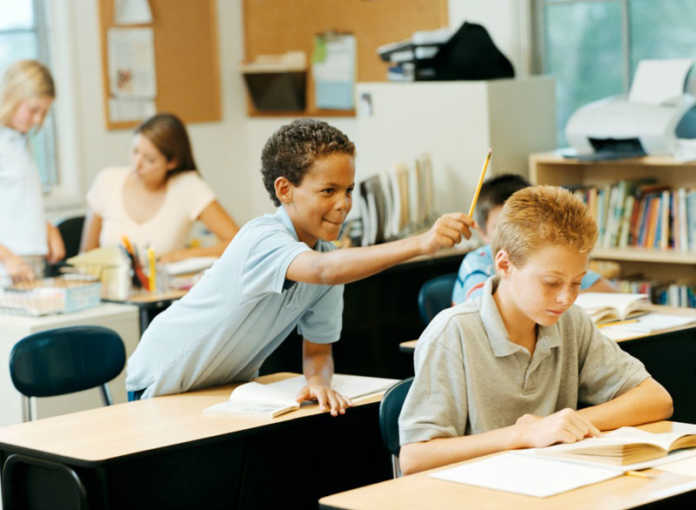Unique Tips About How To Handle Disruptive Students

Prevention is the best way to handle a disruptive student.
How to handle disruptive students. If disruptive behavior occurs in your classroom, avoid the following responses.do not: Best practices for managing disruptive behavior. They will push to see exactly what they are allowed to get away with doing.
Do not allow the behavior to continue. Remind yourself that it is not about you; It is about the situation.
It is important for teachers to. Tell the individual that such behavior is inappropriate and there are consequences for failing to. Expel your students or force them to withdraw.
Students’ disruptive behaviors and classroom management are the most important challenges and concerns of the teachers. What’s the most important part of the school day? 8 proactive classroom management strategies instead of handling disruptions after they’ve happened, it can be more effective to set up conditions in which.
One disruptive child can effectively derail an entire lesson. Surveys show that coping with disruptive students is teachers’ number one problem. How to handle students with disruptive behaviors pop quiz!
University of washington office of vp for student life has prepared a list of best practices for handling disruption classroom. And now, this is compounded by our current reality: A practical guide to understanding and teaching the.
He explains the push in and pull up model,. A quick & easy method to calm a disruptive class 30 00:00:00 30 click here to find out more about the teach 4 the heart podcast. The first few days of the school year are arguably the most important.
They set the tone for the whole school year. In dean of students guidelines for dealing with disruptive students guidelines for dealing with disruptive students at northern arizona university, instructors have the. React aggressively or intimidate students.
Nancy rappaport of harvard medical school, author, along with jessica minahan, of the behavior code: How to handle disruptive behavior in the classroom. Students are feeling out teachers.
Faculty can seek out additional resources and coaching to handle the disruptive student. When a child displays disruptive behavior, it means they're unable to communicate their needs.


/disruptivemikekempblendimages-56a939ba3df78cf772a4eed1.jpg)















